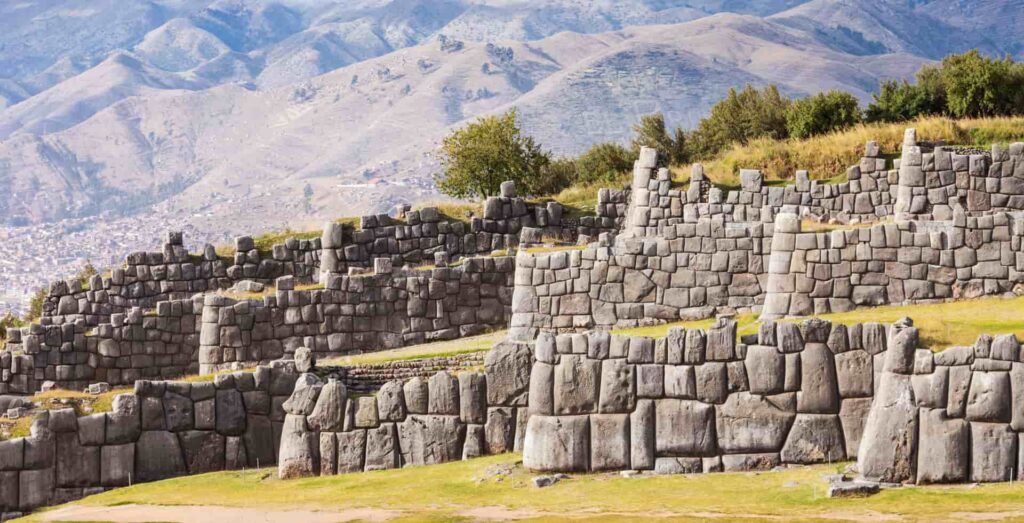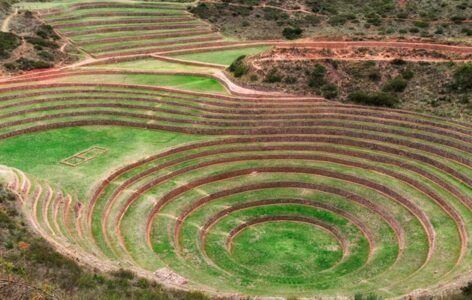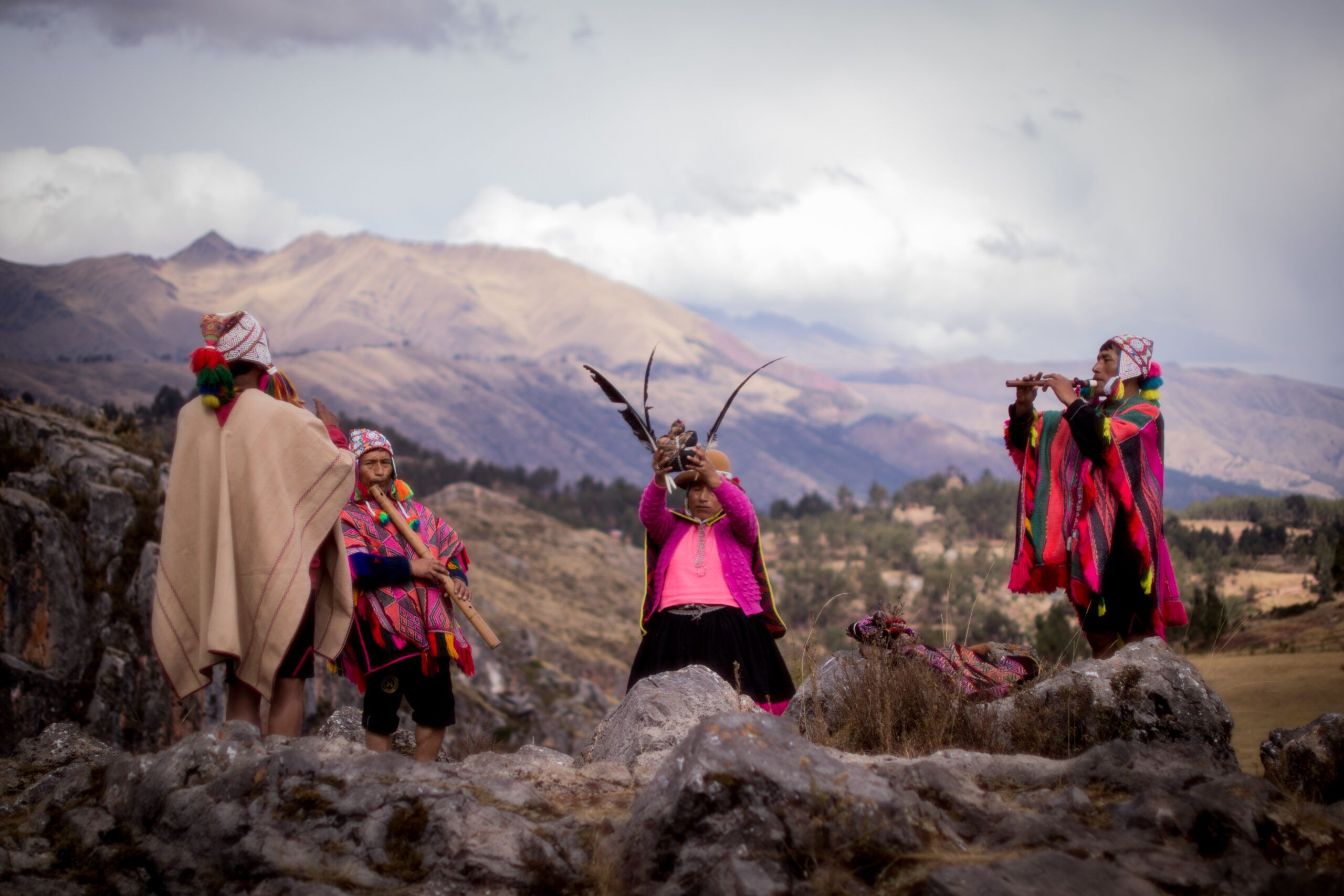When we have our Pachamama Altar, even if we live far from the Andes, we remain connected to the mountains, rivers, and sacred sites that nourish Andean spirituality. The essence of Pachamama is not bound to geography—it is a living presence that dwells wherever we honor her.

In this second part, we will explore how to use your altar, adapting ancestral traditions to modern life.
Creating a home altar is more than decoration; it is a daily practice of reciprocity (ayni), a reminder that our lives are woven into the cycles of nature.
Whether you live in a busy city apartment or a quiet rural home, you can shape a sacred space where offerings, prayers, and silence bring you back into harmony with the Earth.
How to use your Pachamama Altar
Daily (3–7 minutes)
- Open: light the candle; offer a breath and a word of gratitude.
- Exchange: hold a kuya; exhale hucha into the stone; inhale sami from your Apu stone.
- Offer: a petal, a few seeds, or a sip of water returned to the earth bowl.
Weekly (10–20 minutes)
- Clean & refresh: replace wilted flowers; wipe the cloth edges; reorder with care.
- Small despacho: on a leaf/paper, place sugar, seeds, flower petals, your written thanks. Blow prayers. Burn safely or bury in a planter.
Seasonal anchors (adjust for hemisphere)
- Solstices & equinoxes: renew vows of ayni; make a larger offering; add or retire stones reflecting lessons learned (Zuidema, 1964; Urton, 1981).
- Personal rites: new home, birth, grief, completion—mark them here.
Women-centered practices (Mamakilla focus)

- Womb blessing: place silver or a moon token on the altar; hold it at your lower belly; breathe gently and say, “I honor the sacred body that carries wisdom and cycles.”
- Grief & renewal: place a bowl of water for tears; add rose petals; after prayer, return the water to a plant.
- Fertility & creativity: offer white/yellow flowers and a spoon of honey; ask for sweetness and right timing.
Travel Pachamama Altar (portable kit)
- Small cloth, tea-light, travel tin of herbs (rosemary/eucalyptus), 2–3 tiny stones, a few bay leaves, seed mix.
- Hotel room ritual: open window, set cloth, place stone + candle, say hello to local land, make a tiny offering (seed/petal), close with gratitude.
Safety, legality, respect in front of Pachamama Altar

- Fire/smoke: never leave flames unattended; use water nearby; consider smokeless incense if needed.
- Coca: respect local laws; use bay leaves as a perfect prayer substitute.
- Sourcing: buy from living artisans; avoid trafficked “sacred” goods.
- Cultural respect: credit the Andean lineages that inspire you; let your practice emphasize reciprocity, not display.
Simple opening & closing words for Pachamama Altar
- Opening: “Pachamama, Apus, Inti, Mamakilla—receive my gratitude. May this space hold sami for all my relations.”
- Closing: “I give thanks. I walk in ayni. May the light I’ve received flow outward.”
Troubleshooting (common questions)
- “I don’t feel anything.” Keep it simple and consistent. Daily 3-minute visits build sensitivity.
- “It got cluttered.” Beauty matters. Remove extras; refresh flowers weekly.
- “I moved.” Gather a pinch of soil from the old place; place it on the new altar; thank and release the old pacha.

References
- Allen, C. J. (2002). The Hold Life Has: Coca and Cultural Identity in an Andean Community. Smithsonian.
- Bastien, J. W. (1985). Mountain of the Condor: Metaphor and Ritual in an Andean Ayllu. Waveland.
- Glass-Coffin, B. (1998). The Gift of Life and Death: Female Spiritual Healing in Northern Peru. Univ. of New Mexico Press.
- Reinhard, J. (2005). The Ice Maiden: Inca Mummies, Mountain Gods, and Sacred Sites in the Andes. National Geographic.
- Sharon, D. (2000). Wizard of the Four Winds: A Shaman’s Story. Prism.
- Urton, G. (1981). At the Crossroads of the Earth and the Sky: An Andean Cosmology. Univ. of Texas Press.
- Zuidema, R. T. (1964). The Ceque System of Cuzco. Brill.



